More than 100 Years of
Excellence in Publishing
Below is a brief history of the Proceedings of the IEEE excerpted from “Proceedings Through 100 Years” by IEEE History Center Staff, “The Proceedings of the IEEE: Into the Next Century” by Michael Geselowitz, and “Scanning the Proceedings for History” by Gordon Day.
Proceedings and the History of Technology
For more than a century, the Proceedings has documented and influenced the changes in
telecommunications technology and electronics.

1913
In 1913, a new journal was mailed to several dozen engineers who were working in the new field of wireless communication. It featured articles by three leading lights of the profession: Michael I. Pupin, Stanley M. Hills, and Lee de Forest. The journal was called Proceedings of the Institute of Radio Engineers, or Proceedings of the IRE. It was the flagship journal of the Institute of Radio Engineers, one of the predecessor organizations of the IEEE.
Alfred N. Goldsmith was its editor. From the beginning, Goldsmith attracted top authors and applied a rigorous academic standard to the editorial policy. As the field advanced, Goldsmith also featured broad review articles by top people in the field, such as Marconi’s 1923 retrospective on the progress of radio telegraphy.
1913-1937
The first quarter-century of the Proceedings (1913-1937) recorded the development and widespread use of vacuum tubes, the shift from long-wave to short-wave communications, development of commercial radio broadcasting, and early experiments with television and microwave systems
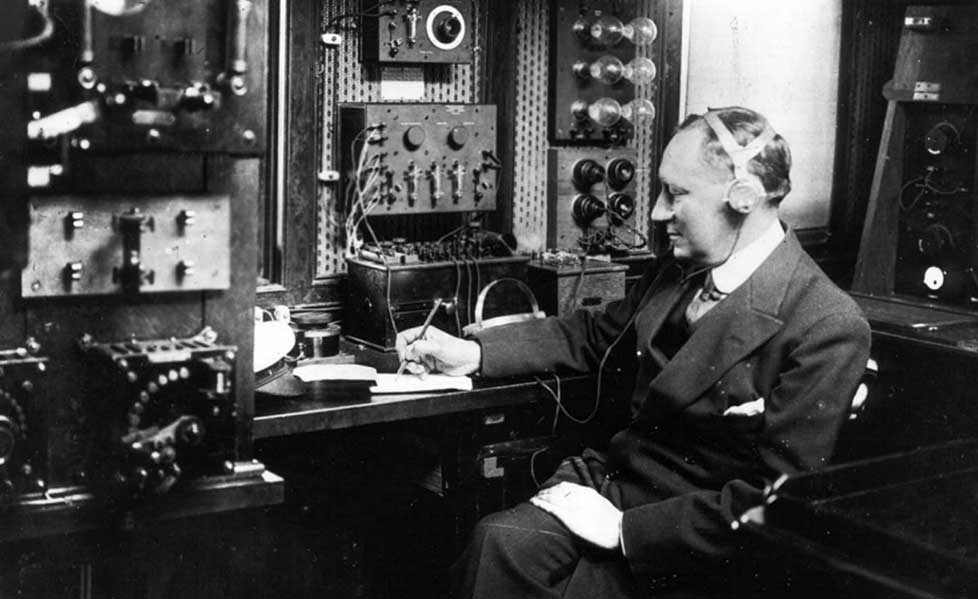
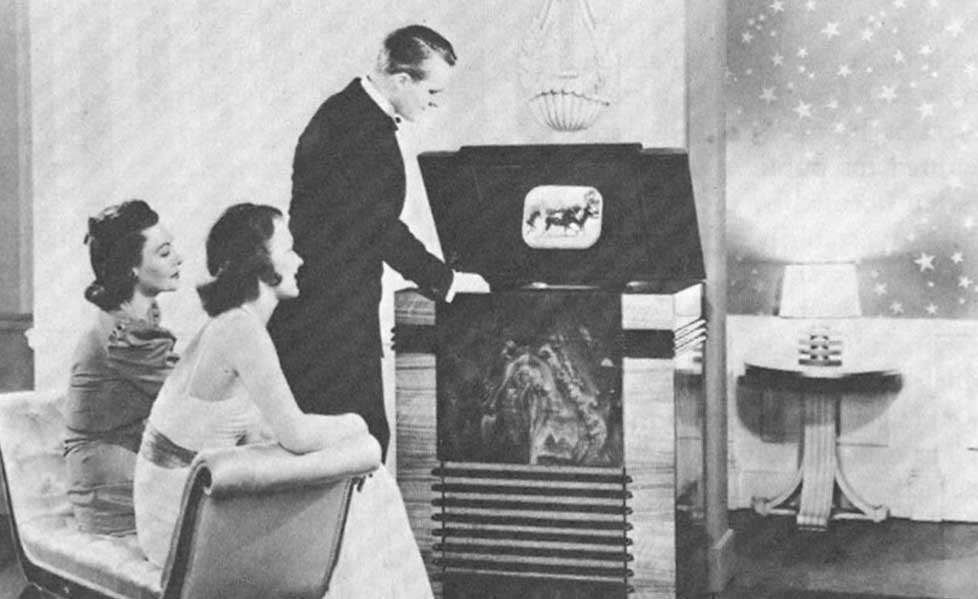
1938-1962
The second quarter-century of the Proceedings (1938-1962) covered the development of radar and other systems requiring circuitry of increasing complexity and, after World War II, television, computers, and the transistor, all of which were prominently covered.
1963
On January 1, 1963, the American Institute of Electrical Engineers (AIEE) and the Institute of Radio Engineers (IRE) combined forces to form the Institute of Electrical and Electronics Engineers (IEEE). Proceedings of the IRE was renamed Proceedings of the IEEE. It became the flagship publication for the combined organization.
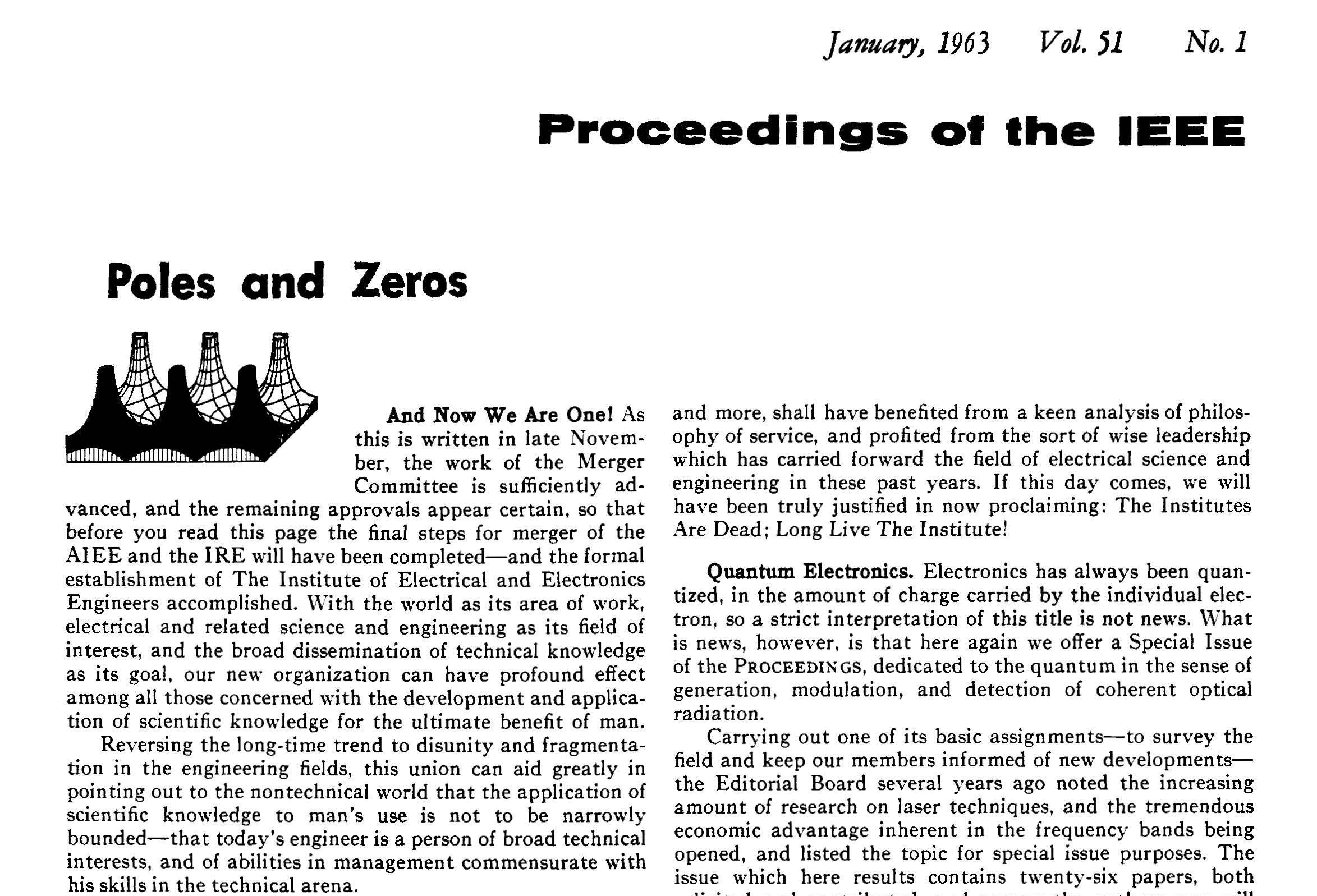
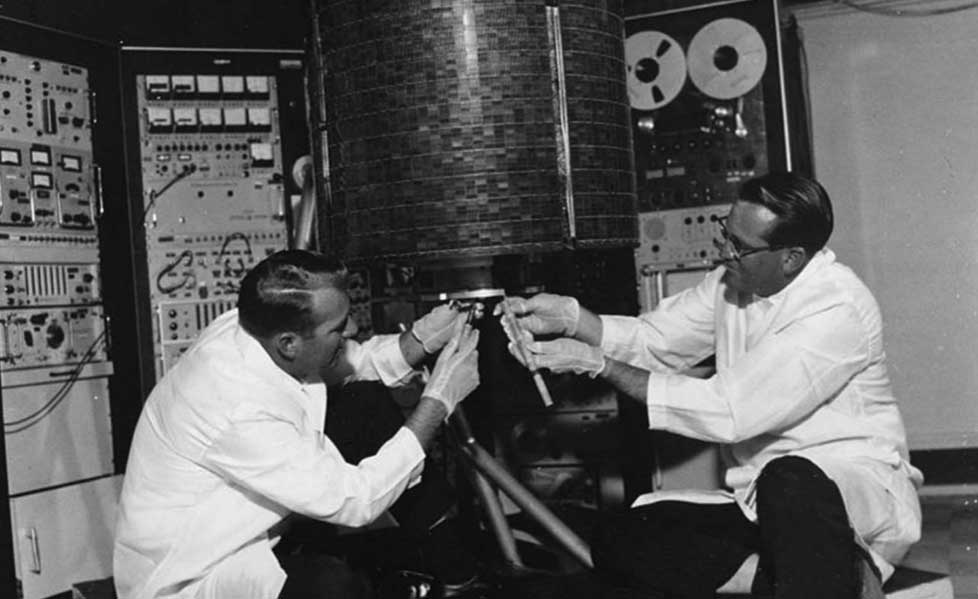
1963-1987
The third quarter-century of the Proceedings (1963–1987) witnessed the dramatic growth and diversification of electronics in the post-Sputnik era, an era in which electronic devices shrank dramatically, the telecommunications spectrum expanded from the microwave region to that of visible light, and computers and digital systems became widespread, for control as well as computation.
1988-2012
The fourth quarter-century of the Proceedings (1988-2012) documented the ongoing fulfillment of “Moore’s Law” in integrated circuits for processing, imagers, and displays; the rise of smart and high-voltage DC power grids; the increasing importance of algorithms and software; and the expansion of data capacity in wired and wireless networks from beepers to smart phones.
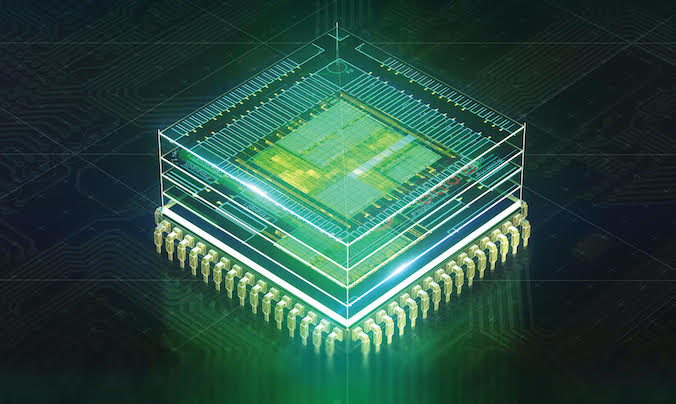
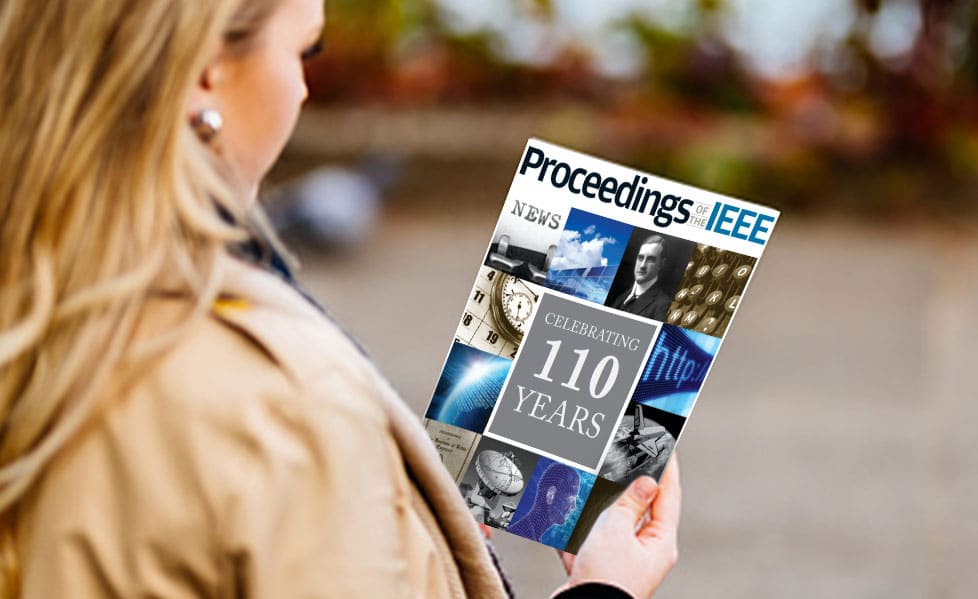
2013-TODAY
Proceedings of the IEEE continues to this day to be a leading publication in the fields of electrical, electronic, and informational science and technology.
Proceedings
Through 100 Years
As part of the centennial celebration, IEEE History Center staff prepared ten articles to show how the Proceedings both reflected and
helped to shape emerging technologies as radio, electronics, and electrical engineers diversified into a range of new fields.